Whether you’re building, buying, renovating, or simply a fiend for residential property insights/eye-candy, you will have heard through the grapevine about the enigmatic north facing house. Architects and real estate agents speak of it as if it is the holy grail of residential design. Whenever a project or property, even slightly blessed with a northerly aspect, happens across either’s desk, it becomes their personal quest to maximise the auspiciousness of said orientation so that, when the their job is done, residents may bask in all the glory of having a north facing house.
… But what exactly is all the fuss about a north facing house?
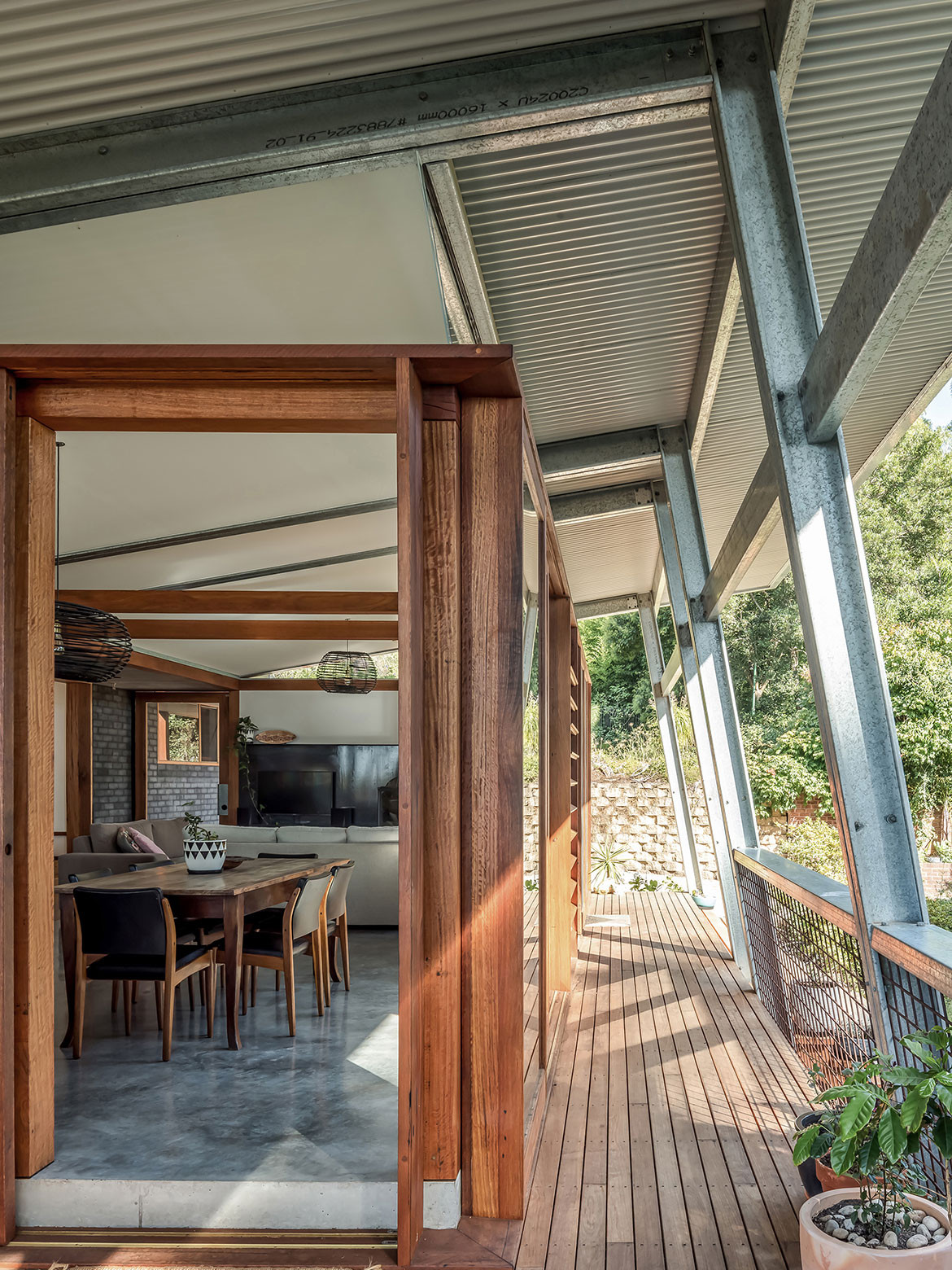
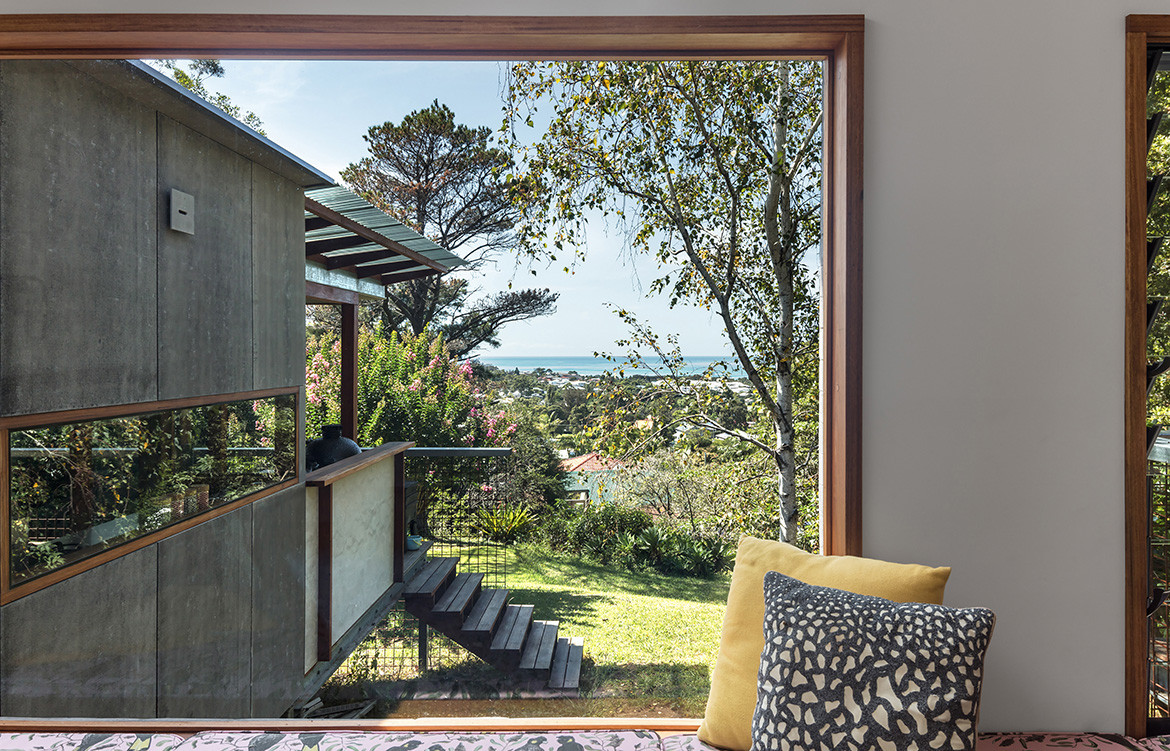 Studio Takt added a north facing living pavilion to a dark, cramped 1950s brick bungalow in Illawarra, NSW, to open Exoskeleton House up to the northerly aspect and connect it to its landscape.
Studio Takt added a north facing living pavilion to a dark, cramped 1950s brick bungalow in Illawarra, NSW, to open Exoskeleton House up to the northerly aspect and connect it to its landscape.
Like any other buzzword in the books, house orientation and all its north, east, south and west derivatives were, once upon a time, professional jargon used only by those well-versed in the built environment. Today, thanks to its spread through word of mouth, the fact that house orientation means something important to us all is obvious. What it means and why it matters, however, is not so conspicuous. At least, until now; here’s what you need to know about house orientation and what all the fuss is about having a north facing house.
Why House Orientation Matters
Fundamentally, the orientation of a house determines its relationship with the sun. Also known as the centre of our universe, the sun – and our position in relation to it – has an enormous influence on the liveability of a house. That goes for liveability in the sense of comfort as well as health and wellbeing, with the sun being not only an abundant, natural source of light, warmth and solar energy, but also of the ever-precious disease-fighting, mood-boosting Vitamin D. In a nutshell: our world, quite literally, revolves around the sun.
 Light House, designed by LAYAN, is an Alts & Ads a Victorian worker’s cottage in Melbourne that has a façade screen that enables the occupants to closely observe and live in harmony the rhythms of nature.
Light House, designed by LAYAN, is an Alts & Ads a Victorian worker’s cottage in Melbourne that has a façade screen that enables the occupants to closely observe and live in harmony the rhythms of nature.
With the habitability of our environment – built and natural – irrevocably at the whim of solar conditions, considering the house position in relation to the sun is of utmost importance when designing or buying a home. When house orientation is duly considered in residential design, the resulting home is specifically designed to provide the most comfortable living environment, year-round, while cultivating the positive wellbeing of inhabitants.
Benefits: House Orientation And Passive Solar Design
The benefits of living in a well-orientated house or apartment are endless, for two keys reasons: temperature/climate management and energy efficiency. A core principle of passive solar design, a well-orientated house is essentially optimised to harness all of the sun’s bright, warm glory where and when its most valued – when it’s not too hot nor too bright, but just right – and shut it out when it’s not.
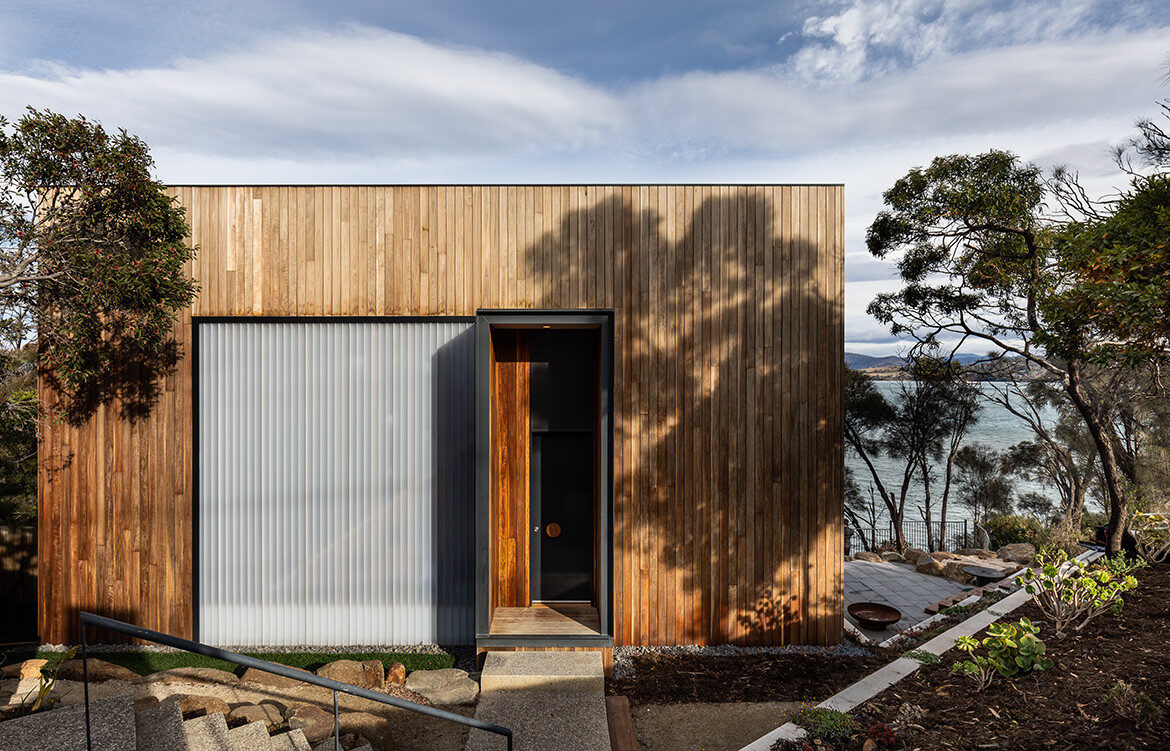
 Cumulus Studio’s brief for Midway Point House, in Tasmania, requested privacy from the street while also capturing northern sun, and to make the most of western views but minimise glare and heat gains / loss.
Cumulus Studio’s brief for Midway Point House, in Tasmania, requested privacy from the street while also capturing northern sun, and to make the most of western views but minimise glare and heat gains / loss.
Solar Syncing: Sun Path Is Relative To Time And Place
Determined by earth’s dance around the solar system, time has an intrinsic correlation to the sun’s path in both the daily and seasonal sense. As such, sun’s path defines the length of daytime and the amount of daylight received along a certain latitude during a given season.
When it comes to place, solar syncing is relative to climate, hemisphere and site topology. Just as with the seasons, the Northern Hemisphere and the Southern Hemisphere have yin and yang experiences of the sun path. For instance, a winter’s day in the Northern Hemisphere begins with the sun rising in the south east before travelling over the equator, in the southern horizon, and setting in the south west. On the flip side, in the Southern Hemisphere, the winter sun rises in the north east, journeys over the equator (in the northern horizon), before setting in the north west. Come summertime, the sunrise direction and sun path in each hemisphere is the same as the other’s winter solar path.
What House Orientation Is Best?
Taking all this into account, it’s safe to say that there is no ‘one-size-fits-all’ when it comes to the best house orientation. The yin and yang nature of the Earth’s Hemispheres alone tells us that whatever is deemed the best orientation in the North will be unfavourable for the antipodes of the South. And that’s not to mention the disparate demands of differing geographies and where they sit on the spectrum of polar to tropical climes.
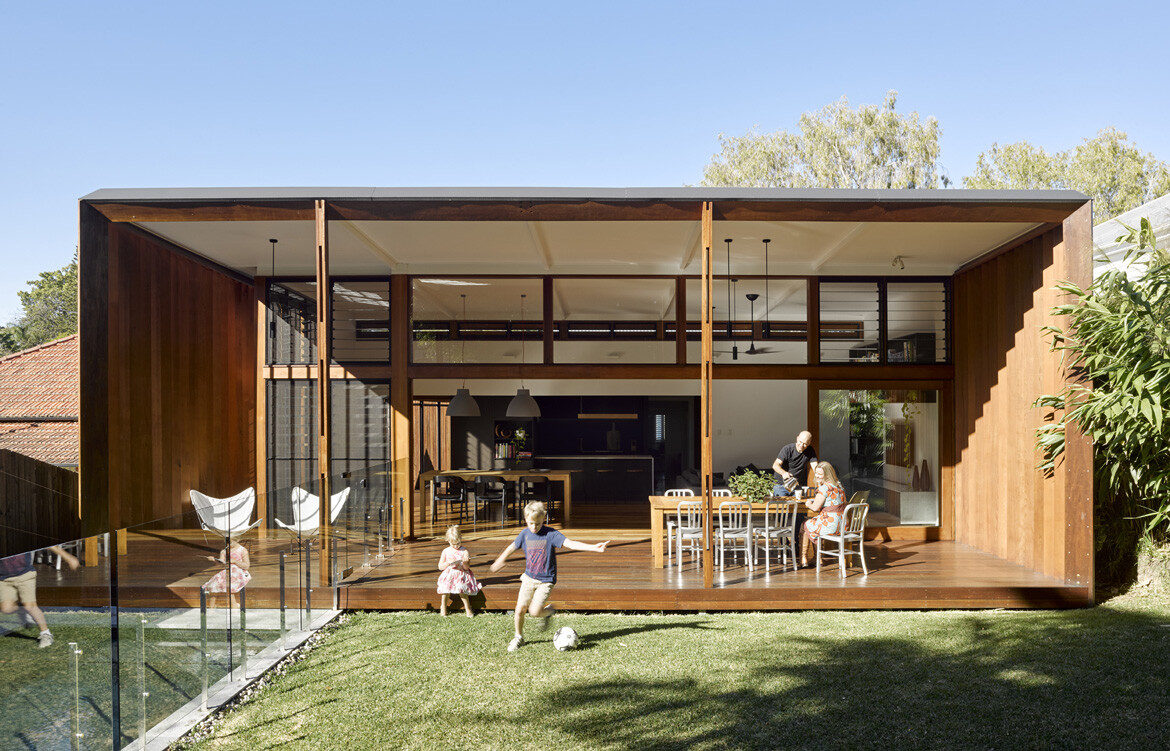
 Architect Daniel Hudson of Jackson Teece drastically reconfigured the plans of his own inner-city Brisbane home in order to create the considered and site-responsive north facing house it is today.
Architect Daniel Hudson of Jackson Teece drastically reconfigured the plans of his own inner-city Brisbane home in order to create the considered and site-responsive north facing house it is today.
Northerly Aspect
In antipodean countries such as Australia and New Zealand, a north facing house is widely considered the most desirable, due to their fortuitous aspect in relation to the sun path. When the windows, main living areas and/or backyard of a home are north facing, these spaces will maximise natural light as the sun moves from east-to-west each day, all year round. This can make a huge difference during winter and in urban areas.
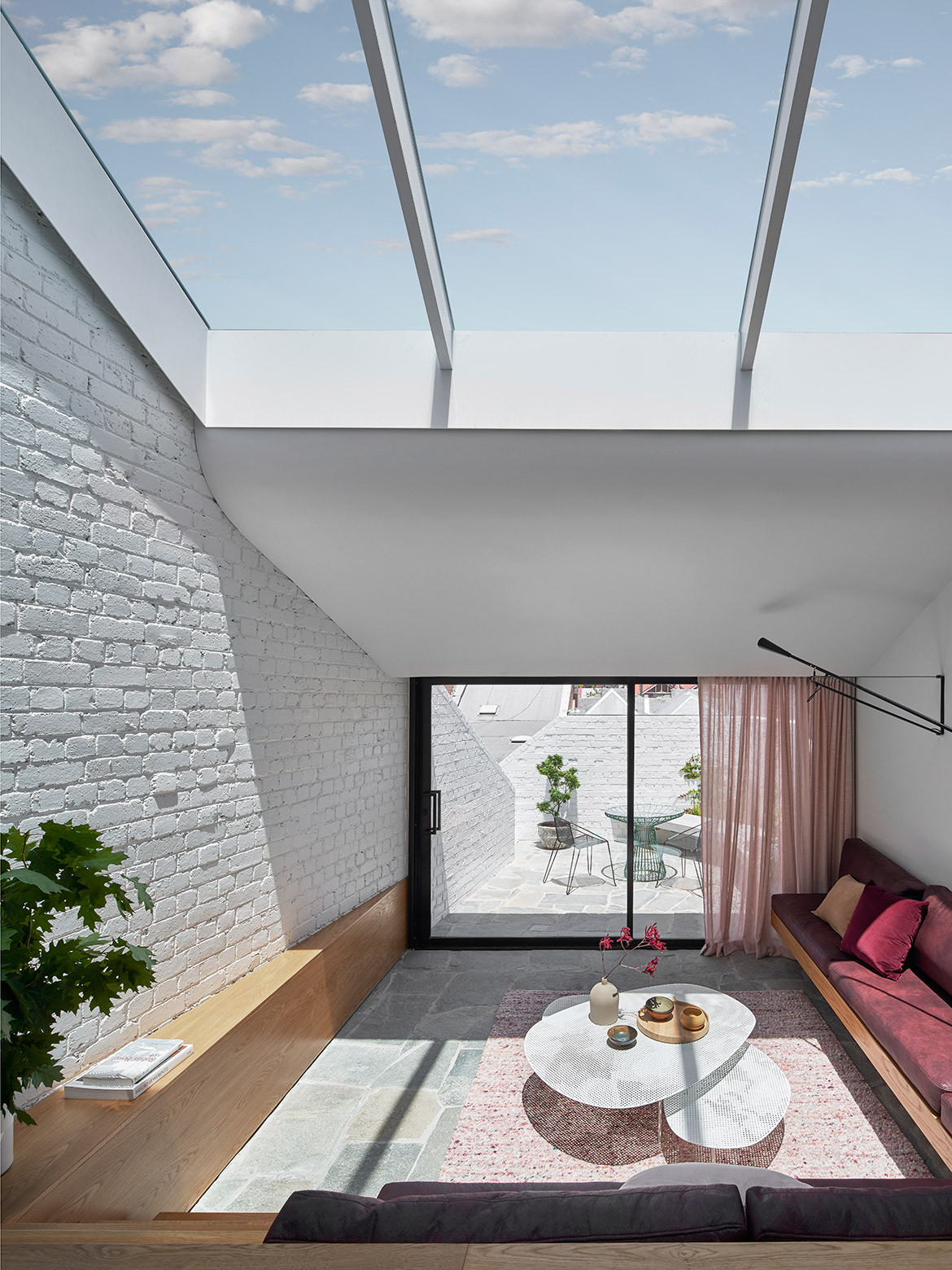
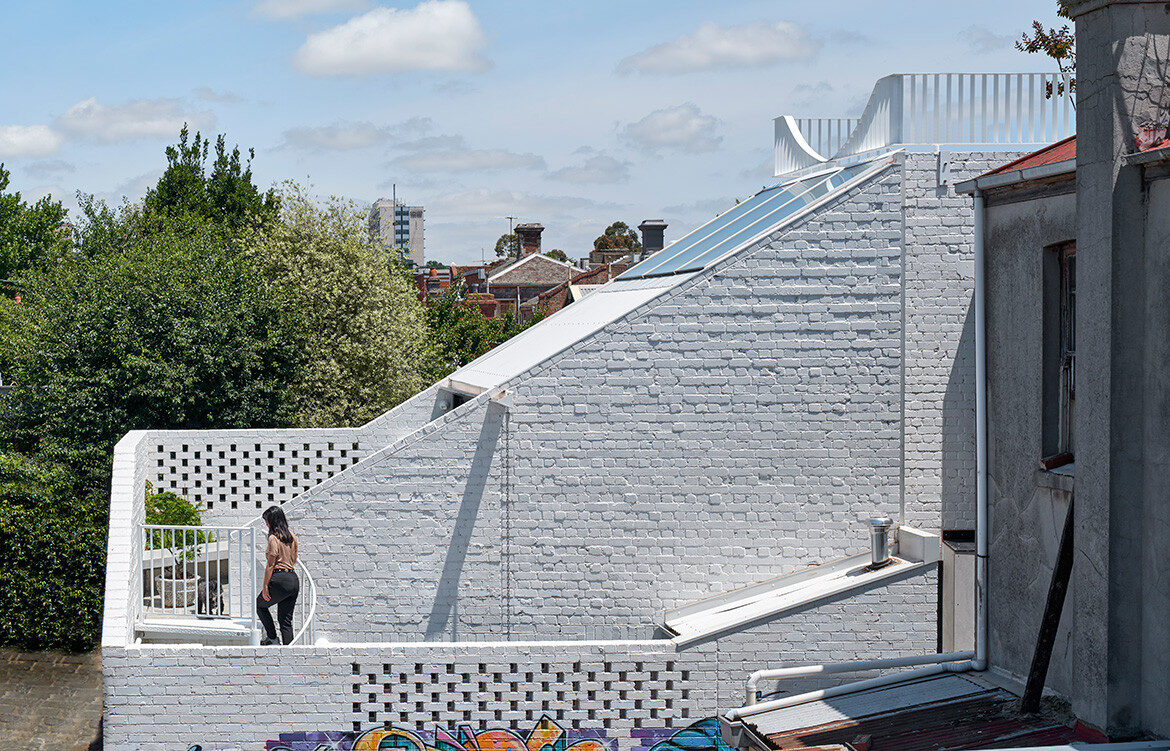 In order to make the most of this Melbourne residence’s blessed northerly aspect, Taylor Knights literally flipped the traditional layout of Fitzroy Terrace on its head.
In order to make the most of this Melbourne residence’s blessed northerly aspect, Taylor Knights literally flipped the traditional layout of Fitzroy Terrace on its head.
Eastern Aspect
While east facing houses and apartments get to enjoy beautiful sunrises and full morning sun, it will all be over by noon. Summer mornings can be uncomfortably hot while winter evenings will call for heating early on, in lieu of receiving warmth from the afternoon sun.
Southern Aspect
In the Southern Hemisphere, south facing homes are notoriously deprived of sunlight – particularly in the winter, when the sun direction is coming from the north. Due to their lack of sunlight, south facing houses and apartments can be prone to condensation, mould and mildew.
Western Aspect
With the sun setting in the west, west facing houses and apartments can get glaring afternoon sun – most especially if reflected off of nearby water. Sun from a low angle (during rising and setting rather than at the peak of midday) can be especially hard to manage as most awnings/shade devices are designed to shade from above.
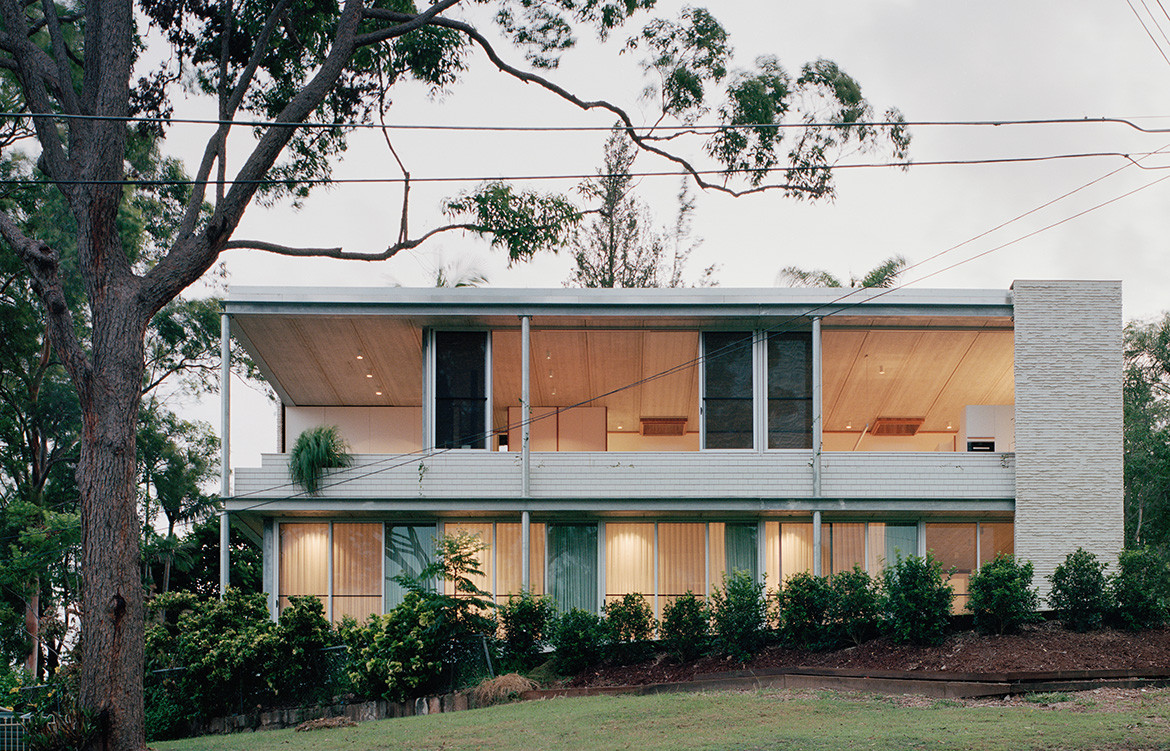

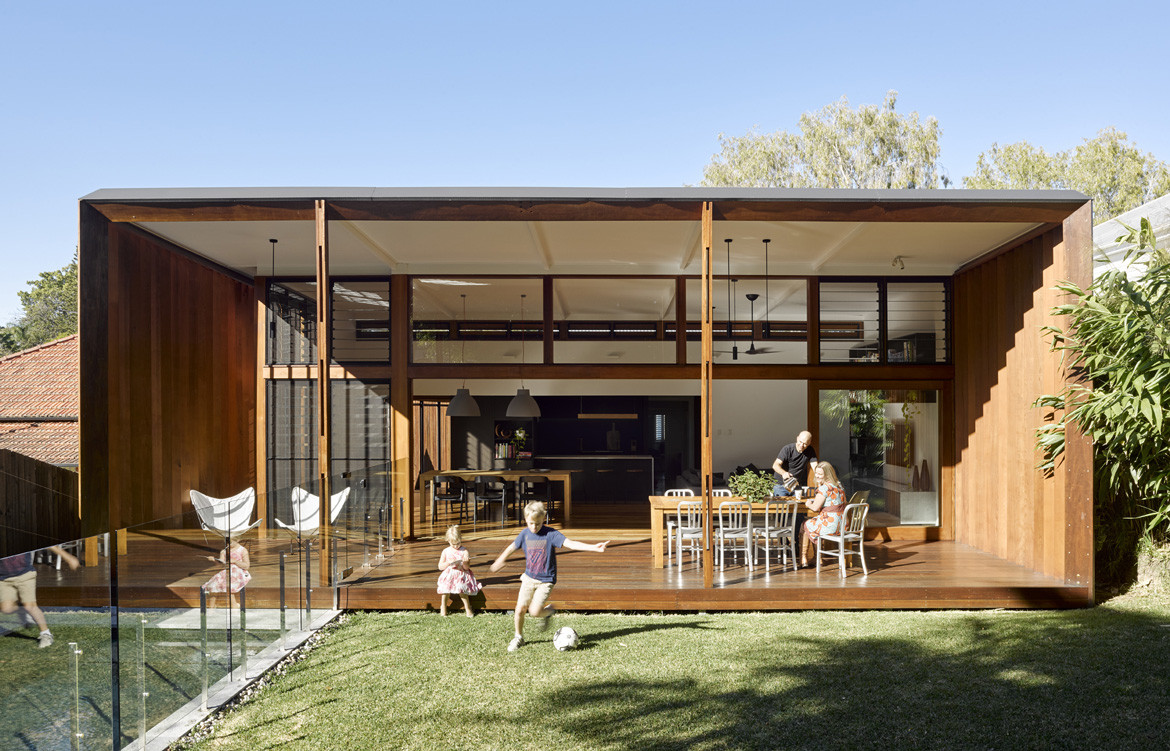
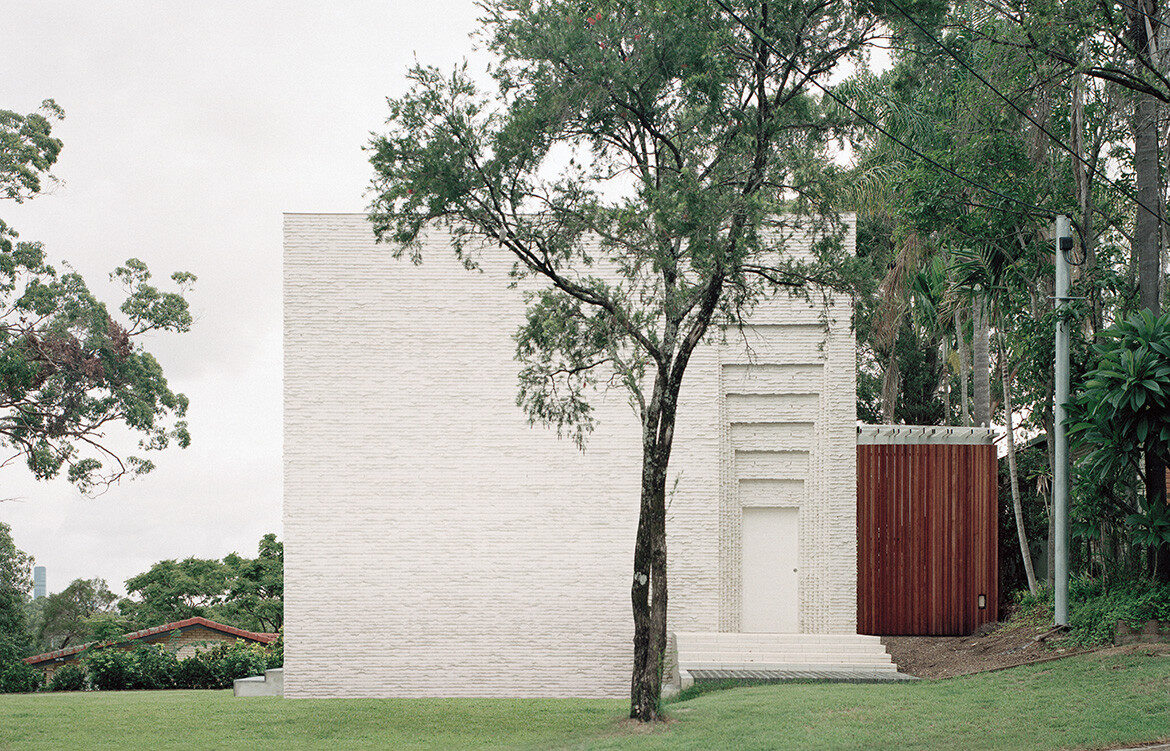 Architect Peter Besley gave
Architect Peter Besley gave